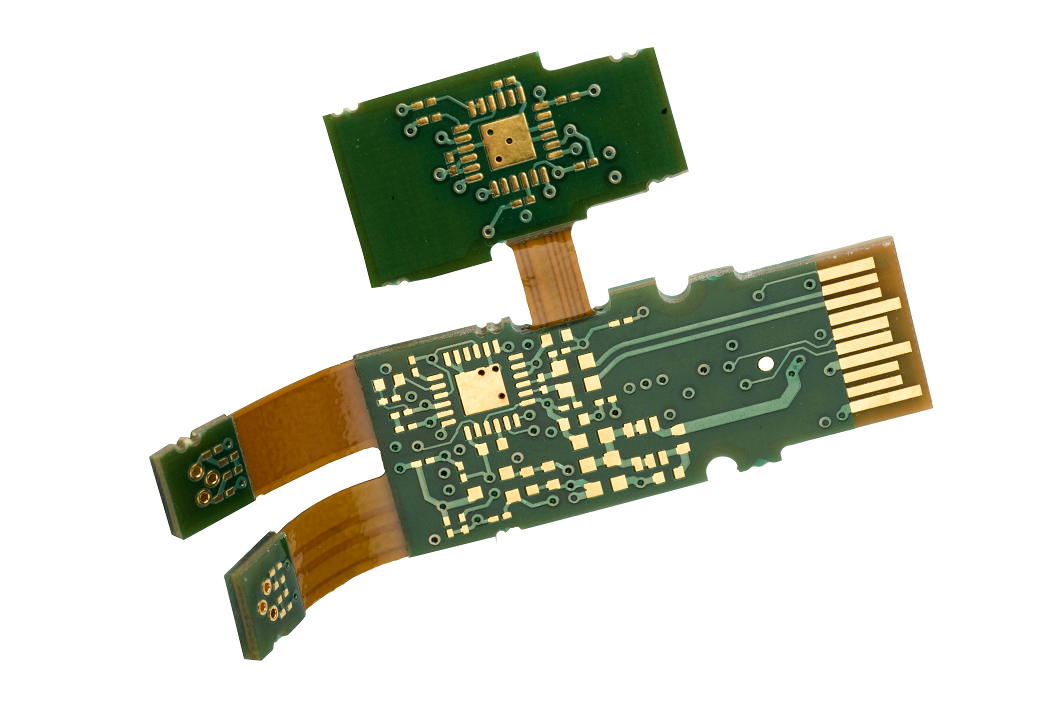Innovation is a key factor to success in the field of electronics. As the demand for smaller and more flexible, high performance electronic gadgets continues to grow, manufacturers are constantly searching for ways to improve manufacturing processes. One innovative technology which has garnered a lot of interest is manufacturing using flex circuits.
Flexible printed circuit boards also known as Flex Circuits (PCBs), have many advantages over rigid PCBs. These circuits are able to be bent, twisted and molded to different shapes. They are ideal for applications that require intricate designs, limited space or greater durability.

Flex circuits provide a means for manufacturers to push boundaries in design. They are a flexible foundation which adapts to the shape of the product. This flexibility allows more creative and compact designs, ultimately making lighter and smaller devices. Imagine a smartphone which curves seamlessly around your hand. Perhaps a fitness tracker discretely placed around your wrist. or even a device with an ergonomic and seamless design. Flexible circuits let designers and engineers to transform these concepts into reality, opening up an entire new realm of potential for products.
Flexible circuits are robust and offer more than aesthetic benefits. PCBs of the traditional type can be damaged by shocks, vibrations, and repeated bends. Flex circuits, however, have substances that are resistant to these kinds of conditions and are therefore extremely durable. This quality is vital in fields like automotive, aerospace, and medical, which require electronic components that can withstand harsh conditions.
Flex circuits are a versatile product. The methods of manufacturing used for their production can have a major impact on this. Unlike rigid PCBs that are manufactured using several layers of fiberglass and copper, flex circuits are made by using a flexible, thin substrate material such as polyimide or polyester. The substrate is the basis of the circuit, allowing it to bend or turned while retaining electrical connectivity. Flex circuit manufacturers employ sophisticated manufacturing techniques to precisely etch circuits, including intricate interconnects, or place components directly onto the flexible substrate.
Surface mount technology (SMT) permits components to be mounted directly on the flex circuit. This improves functionality and flexibility. With SMT manufacturers can place electronic components directly on the surface of the flex circuit, eliminating the necessity for bulky connectors, and reducing the overall size of the gadget. This simple method is not just a way to reduce the size of the device but also improves signal quality, reduces weight and improves thermal management.
Flexible circuit manufacturing methods can also be used to create rapid prototypes and is scalable to meet the requirements of larger quantities. Flexible circuit designs permit rapid iterations in the prototyping stage, which helps speed up the process of development for a product. Because they can be manufactured in high quantities with automated manufacturing processes, flex circuits provide cost-effective solutions for large-scale production. Flex circuits are a fantastic choice for companies looking to speedily bring fresh ideas into the marketplace. For more information, click flex circuit manufacturing
It is imperative to be able to rely on a reliable source for flex circuits, as demand increases. It is crucial to collaborate with reputable, experienced manufacturers in order to ensure the accuracy and reliability of the production of flex circuits. These manufacturers have the knowledge and expertise to guide you through the design process they can provide invaluable insight into choices of material and ensure that it is in line with industry standard.
Flexible circuits are the essential component to reach the highest levels of complexity for electronic assemblies. From displays utilized in consumer products to military applications, flex circuits are at the heart of these complex systems. They are able to move effortlessly through compact spaces, flexible substrates give engineers the ability to build designs that are feature-rich while still fitting into tight assembly footprints. Flexible assembly solutions are superior to other circuit routing techniques in terms of satisfying the size limitations. Flexible circuits are the most suitable option for projects that require intricate interconnections that combine multiple technologies into a well-crafted packaging.